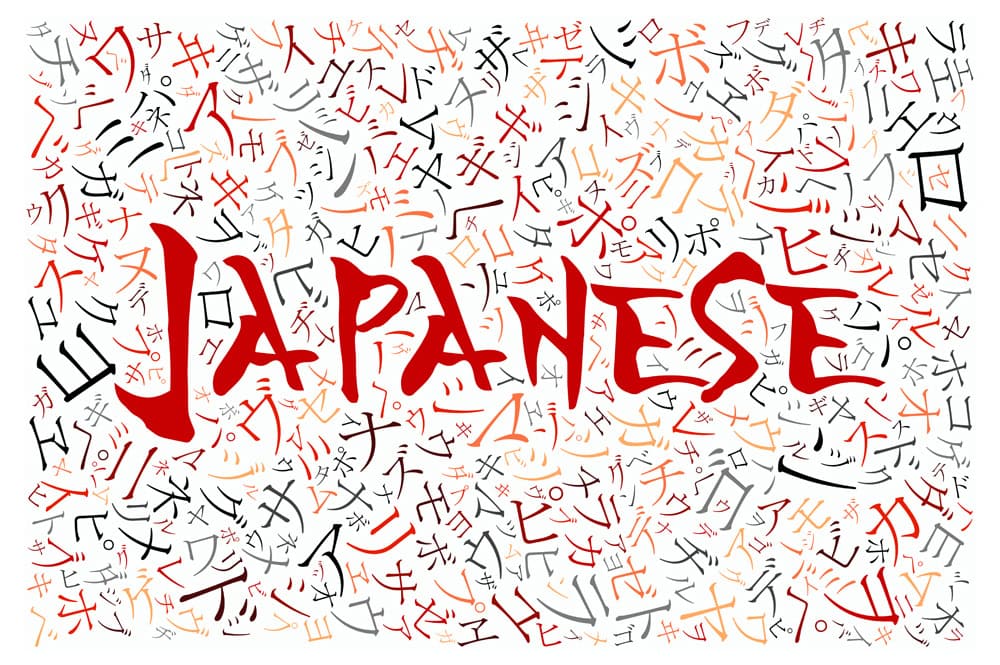The Japanese language, known as Nihongo (日本語), is one of the most fascinating languages in the world. Spoken by more than 125 million people, mainly in Japan, it reflects the country’s deep culture, history, and sense of harmony.
Origins and Writing System
Japanese has a complex writing system that combines three different scripts: Hiragana, Katakana, and Kanji.
- Hiragana is used for native Japanese words and grammatical endings.
- Katakana is used mainly for foreign words, names, and sound effects.
- Kanji, which originated from Chinese characters, represents ideas or entire words.
Learning to read and write Japanese requires mastering thousands of characters, which makes it both challenging and rewarding.
Grammar and Expression
Unlike English, Japanese grammar focuses heavily on context and politeness. The sentence order usually follows subject–object–verb (SOV), and the level of formality changes depending on who you are speaking to. For example, there are different words and endings for friends, teachers, or business partners. This system shows the Japanese value of respect and social balance.
Cultural Influence
The Japanese language is deeply connected to its culture. Expressions like “itadakimasu” before eating or “otsukaresama desu” after work show gratitude and appreciation — values that are central to Japanese society.
Japanese has also influenced global pop culture through anime, manga, music, and technology, encouraging many people worldwide to learn it.
Why Learn Japanese?
Learning Japanese opens the door to new experiences — understanding traditional arts like tea ceremonies and calligraphy, exploring Japanese literature, and even boosting career opportunities in technology, tourism, or business.
While it may seem difficult at first, studying Japanese teaches not only a language but also a new way of thinking about communication and respect.
